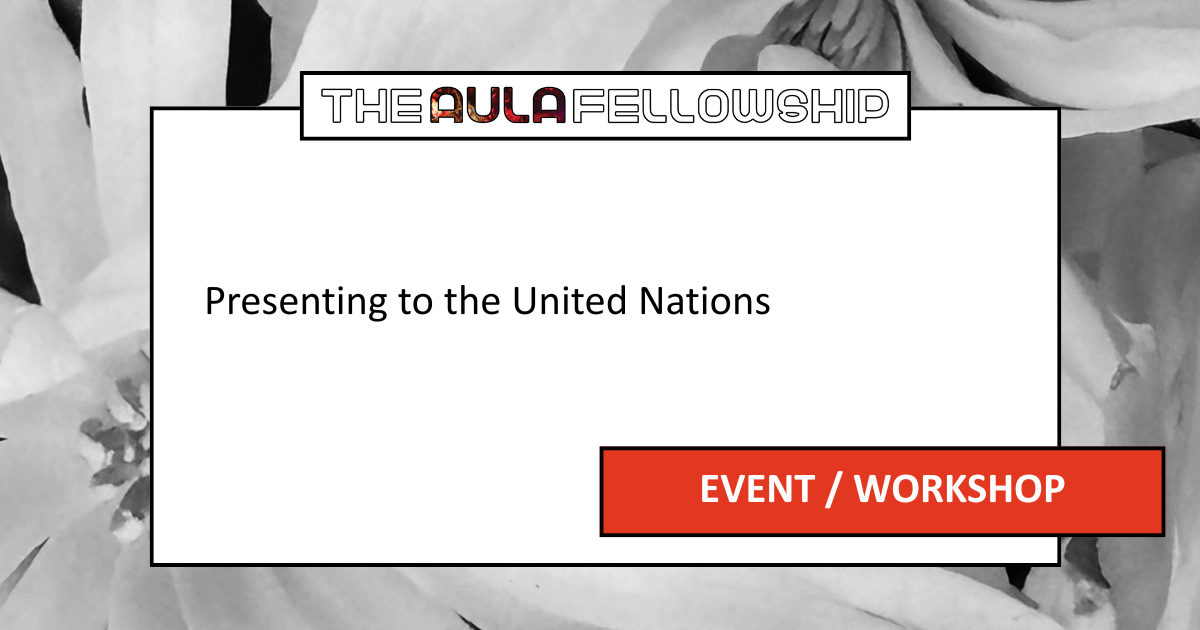This is an Advancement Report for the Global Partnership on Artificial Intelligence (GPAI) project “Towards Real Diversity and Gender Equality in Artificial Intelligence: Evidence-Based Promising Practices and Recommendations.” It describes, at a high level, the strategy, approach, and progress of the project thus far in its efforts to provide governments and other stakeholders of the artificial intelligence (AI) ecosystem with recommendations, tools, and promising practices to integrate Diversity and Gender Equality (DGE) considerations into the AI life cycle and related policy-making. The report starts with an overview of the human rights perspective, which serves as the framework upon which this project is building. By acknowledging domains where AI systems can pose risks and harms to global populations, and further, where they pose disproportionate risks and harms to women and other marginalized populations due to a lack of consideration for these groups throughout the AI life cycle, the need to address such inequalities becomes clear.
Category: 3/ Type
-

Yakshi: A Transmedia Narrative Exploration
At Smart Story Labs, we are excited to announce a new GitHub project that dives into the transmedia narrative of Yakshi – reimagining this South Asian folklore spirit as a lens to explore cross-cultural storytelling, feminist hauntings, and ecological narratives.
-

‘Mind the gap’: artificial intelligence and journalism training in Southern African journalism schools
This article examines journalism schools (J-schools) responses to the Artificial Intelligence (AI) ‘disruption’. It critically provides an exploratory examination of how J-Schools in Southern Africa are responding to the AI wave in their journalism curriculums. We answer the question: How are Southern African J-Schools responding to AI in their curriculums? Using a disruptive innovation theoretical lens and through documentary review of university teaching initiatives and accredited journalism curriculums, augmented by in-depth interviews, we demonstrate that AI has opened up new horizons for journalism training in multi-dimensional ways. However, this has brought challenges, including covert forms of resistance to AI integration by some Journalism educators. Furthermore, resource constraints and the obduracy of J-schools’ curriculums also contribute to the slow introduction of AI in J-schools.
-

A labeled clinical-MRI dataset of Nigerian brains
There is currently a paucity of neuroimaging data from the African continent, limiting the diversity of data from a significant proportion of the global population. This in turn diminishes global health research and innovation. To address this issue, we present and describe the first Magnetic Resonance Imaging (MRI) dataset from individuals in the African nation of Nigeria. This dataset contains pseudonymized structural MRI (T1w, T2w, FLAIR) data of clinical quality, with 35 images from healthy control subjects, 31 images from individuals diagnosed with age-related dementia, and 22 from individuals with Parkinson’s Disease. Given the potential for Africa to contribute to the global neuroscience community, this unique MRI dataset represents both an opportunity and benchmark for future studies to share data from the African continent.
-

Community energy justice: A review of origins, convergence, and a research agenda
The transition to zero‑carbon sustainable energy systems is critical and must take an equity-oriented approach to avoid exacerbating societal injustices. We explore the concept of “community” and its potential as a viable and effective tool for studying, understanding, and fostering justice and equity in energy transitions. This paper outlines community energy justice as an area of scholarship emerging through convergence around three key concepts: community, energy transition, and justice. Using a narrative literature review approach, we unpack the origins of community energy justice research, rooted in two scholarship pillars of energy justice and community energy. We outline four driving forces and two key approaches leading to convergence between both areas of scholarship. Encompassing energy transition initiatives that incorporate both justice and community themes, we find that the overarching objective …







